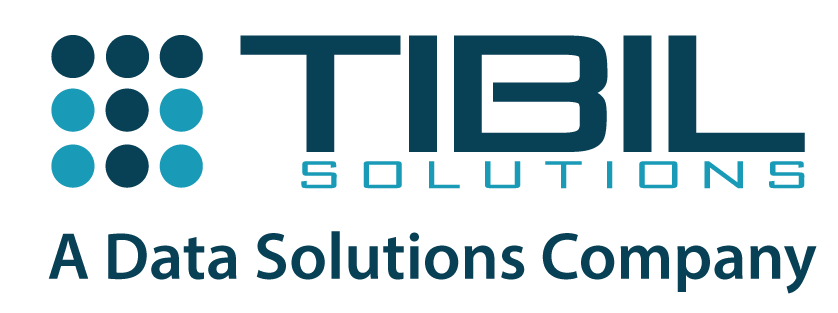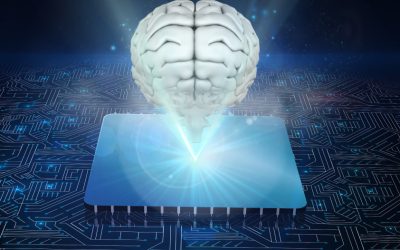
Your Tech, Analytics, & Marketing Teams are Not Alone!
Every other sector of the economy perceives data as the magic potion – a super value resource, which when used smartly will deliver that winning edge. Over the last decade, some of the key technology investments organizations made have been in the area of ‘Big Data.’ Even today, amidst all the excitement surrounding the opportunities big data holds, we can see teams across Development, Analytics, and Marketing are more involved in ‘grappling’ with the data rather than gleaning powerful insights from it. If your organization is among those, you should know that you are not alone; and more importantly know that you need to get out of that logjam fast.
In a 2017 survey by NewVantage Partners, 95 percent of the Fortune 1000 business leaders surveyed said that their firms had undertaken a big data project in the last five years. Less than 50 percent said that their big data initiatives had achieved measurable results!
Gartner Marketing Analytics Survey 2018 says that the average team size of marketing analytics grew from a couple of people a few years ago to 45 full-time employees (FTEs). Yet when asked which activities marketing analysts spend the majority of their time on, data wrangling topped the list along with data integration and formatting.
Big Data and Business Intelligence
Every enterprise needs a technology-oriented process for analyzing data and presenting actionable information to help their people, management, as well as customers make more informed business decisions. And for this they need to analyze large amount of data-sets (big data) containing different variety of data types in order to reveal unseen patterns, unknown relations, customer interests, and new marketing strategies.
What is actually important is to convert the data into information and extract the valuable insights from this information. The existing analytical techniques are not fully equipped to extract useful information in real time from the huge volume of data that comes from diverse sources in different forms. So much so that, quite often, beneath the desire to use the widest possible set of data to support decisions there is great anxiety about the veracity of that data.
We do know that big data analytics plays an important role in making businesses more effective, helping to achieve better customer engagement and satisfaction, as well as operational efficiencies. The key objective is to aid data scientists, analysts and various teams to make effective business decisions by analyzing the huge amount of transactional and other forms of data, which was not possible with conventional business intelligence tools.
The challenges that undermine your Big Data projects
Let us look at data storage and management. The most prevalent method of storage and management of data for decades had been relational database management system (RDBMS). However, RDBMS can be used effectively only for structured data; and it falls short when it comes to dealing with semi-structured or unstructured data. In addition, RDBMS cannot handle large amount of data as well as heterogeneous data.
The big challenge is in extracting the hidden valuable information from big data because the traditional database systems and data mining techniques are not scalable for big data. The existing systems need to have immense parallel processing architectures and distributed storage systems to cope up with the big data.
The other challenge is curation. For better business strategies, professionals need relevant, cleaned, accurate, and complete data (in short managed data) to perform analysis. Management of data includes tasks like cleaning, transforming, clarifying, dimension reduction, validation, etc.
Let’s talk storage. Since big data is in terabytes and existing storage capacity is usually limited, it is not easy for enterprises to pick and choose data that is of greater value and data that is not relevant or which optimal set of attributes can represent the whole dataset.
Then we have processing. Data comes from multiple sources with high velocity, which needs to be processed in real time.
Data loading is another issue. Enterprises need to get data from multiple heterogeneous data sources into a single data repository. Multiple data sources should be mapped to a unified structural framework, tools and infrastructure, which can support the size and speed of big data and transfer data real-time.
Finally, the need for interactiveness wherein multiple users with diverse needs have to mine the data they need and in the form they need.
It’s no dark street
At TIBIL, we solve the puzzle of sheer volume, veracity, velocity and variety of data through our own unique integrated approach – NoSQL, NoETL, Distributed Computing, and ML/AI. Our prescriptive, cloud-ready, cognitive, agile and expandable Data Lake solution – Dattaveni – helps you overcome the challenges and let Big Data deliver all the opportunities and benefits it promises.
What does an integrated, real-time data management solution look like? It has to seamlessly integrate with your enterprise systems. It should enable access to data from your internal systems (ERP, CRM etc.) and external data (like Social/ Weather) in real time. It has to draw insights from your legacy data. It should be the platform for your cognitive tasks. It should allow you to scale with new data sources for changing business needs. It should also be your business intelligence system with no additional load. That’s our Data Lake Solution – Dattaveni.
Related Posts
AI Toolbox: Creative Content Beyond ChatGPT & BARD
Introduction: In the dynamic landscape of artificial intelligence (AI), ChatGPT and BARD have garnered significant attention for their capabilities in natural language processing and music composition. However, a rich tapestry of AI tools exists...
Ethical Considerations in Generative AI: Ensuring Fair and Responsible Data Analytics
Introduction Generative AI, a transformative subset of artificial intelligence, is revolutionizing data analytics and machine learning. It empowers machines to generate data, images, and text that mimic human creativity. While the potential of...
Building a Better Future with Digital Public Goods
The world is on the cusp of digitization! In this era of digitization, we have transformed the way we communicate, interact, and access information. It has not only changed our personal lives but also has brought an evident transformation in the...
The Role of Artificial Intelligence in Cyber Security
In an era characterised by rapid technological advancements and increasing digitalisation, the field of cyber security faces an escalating and ever-evolving threat landscape. As cyber threats become more sophisticated, organisations must employ...
TinyML: The Future of Edge AI
Artificial intelligence (AI) has been a hot topic in recent years and with good reason. AI has the potential to transform countless industries and improve our lives in numerous ways. However, as powerful as AI can be, it also requires a lot of...
The Evolution of Federated Learning
Uber settled an inquiry into a data breach that exposed the personal data of more than 5,00,000 drivers in 2016 by paying $148 million. A GDPR breach resulted in a $57 million fine for Google in 2020. On-growing data privacy and data breach issues...
Subscribe To Our Newsletter
Lorem ipsum dolor sit amet, consectetuer adipiscing elit. Aenean commodo ligula eget dolor. Aenean massa. Cum sociis natoque penatibus et magnis dis parturient montes, nascetur ridiculus mus

Company
About us
Careers
Contact
Awards
Blog
Offerings
Strategy & Consulting
Managed Services
Solutions
Digital Public Goods
Solutions
Data Solutions
Industry Solutions






